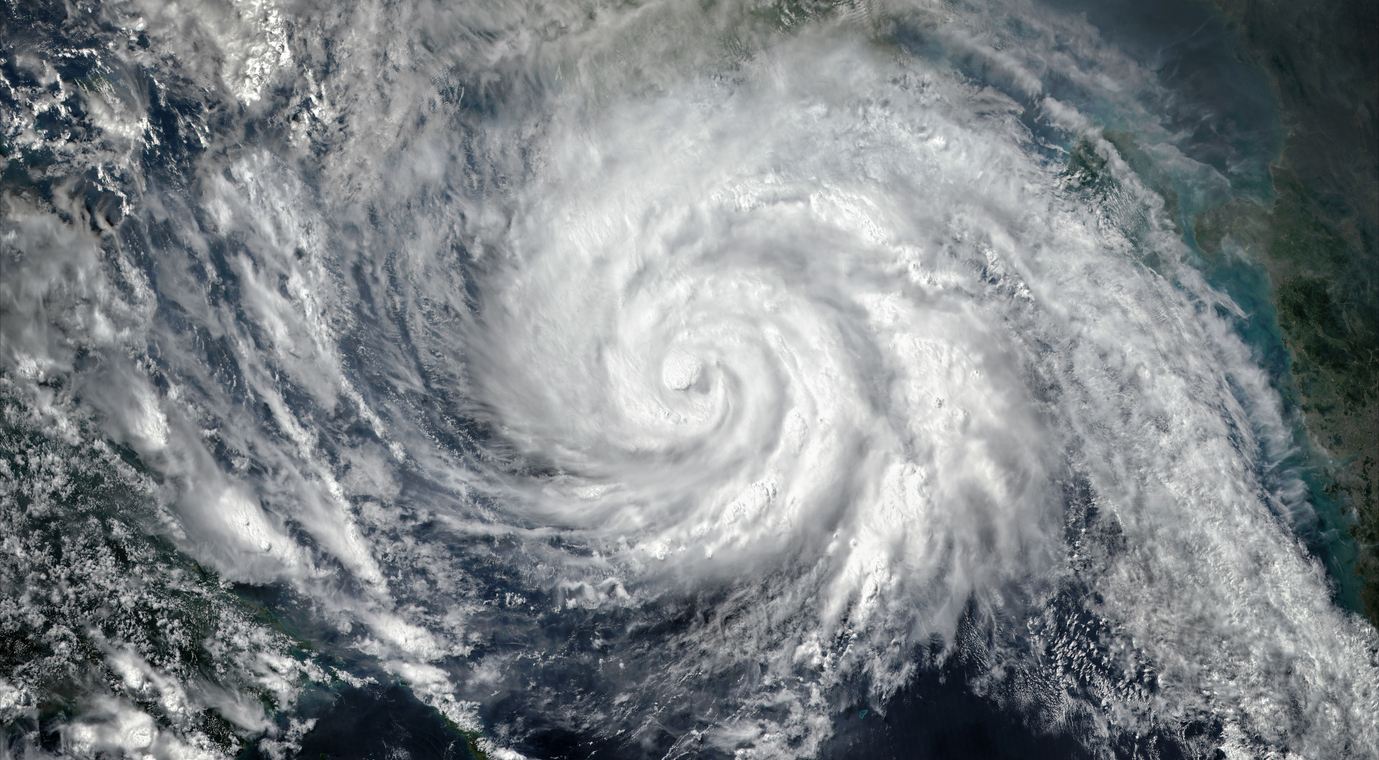From the devastating wildfires that destroyed communities in Southern California in early January to destructive hurricanes in the Atlantic, extreme weather events are becoming increasingly frequent, unpredictable, and severe. These primary events are also frequently followed by secondary perils such as flooding, tornadoes, mudslides, landslides, and convective storms, which can produce thunder, lightning, heavy rain, and hail.
Large Property Losses from Wildfires, Hurricanes, and Secondary Perils
According to the National Ocean and Atmospheric Administration (NOAA), the frequency of weather/climate disaster events impacting the United States, with losses exceeding $1 billion, has steadily increased each decade from three per year in the 1980s to 27 in 2024. The annual cost has also increased, from $22 billion on average in the 1980s to $182.7 billion in 2024.
For example, Milliman estimates the insured property losses from the Palisades and Eaton fires in early January at $25.2 billion to $39.4 billion. This does not consider losses from Ordinance or Law coverage for building code upgrades and losses exacerbated by litigation and social inflation.
Insured losses from hurricanes in the United States in 2024 reached $47 billion, according to Munich Re. Moreover, AccuWeather predicts a volatile hurricane season this year, with 13 to 18 named storms. About seven to 10 of those storms could strengthen into hurricanes, and three to five could become Category 3 or higher hurricanes.
Preliminary figures from Gallagher Re show that the severe weather outbreak (tornadoes, hail, straight-line wind, flooding) in the Midwest, Southeast, and East Coast from March 13 to 16, 2025, resulted in estimated insured losses between $1 billion and $3 billion. According to Swiss Re, in 2024, there were $42 billion in insured losses from severe thunderstorms, most of which were in the United States.
Proactive Measures for Mitigating Weather-Event Losses
Developing and maintaining a comprehensive disaster preparedness plan is a critical first step in mitigating losses. This includes identifying potential weather-related risks specific to your region and outlining response procedures for various scenarios. The plan should consist of emergency protocols, evacuation routes, employee communication strategies, and backup power solutions. Regular drills and updates ensure that your staff is ready to respond quickly and efficiently when disaster strikes.
Conduct routine inspections and maintenance of physical structures. Reinforce roofing systems, windows, and doors to withstand high winds, install storm shutters, and clear gutters and drainage systems to prevent flooding. Businesses located in flood zones should elevate utilities, seal building foundations, and consider installing sump pumps or barriers.
Protecting critical data and equipment is also important. Implement secure cloud-based backups for essential business data and ensure sensitive equipment is moved to higher ground or protected by waterproof enclosures when a storm is forecasted. IT systems, communication lines, and customer records should all be accounted for in your contingency plans.
In addition, a rapid recovery and continuity plan should be implemented. Identify alternate work locations, remote work capabilities, and critical supply chain contacts. Communicate with customers, vendors, and employees through multiple channels and develop a step-by-step strategy for resuming operations as quickly as possible.
Review your Commercial Property insurance program for valuations, deductibles, and coverage terms and conditions.
About Seneca Insurance Company
Seneca Insurance Companies are known for having a broad appetite for writing property risks. We offer admitted and non-admitted ISO-based policies, with catastrophe perils based on location and risk characteristics.

